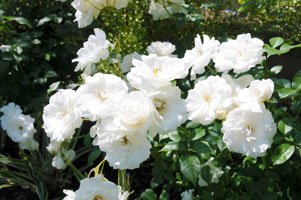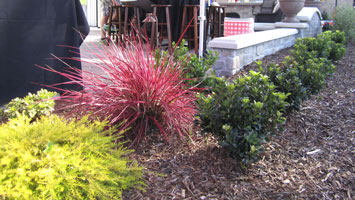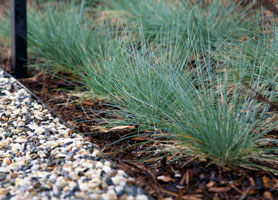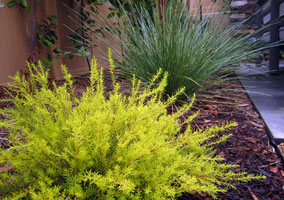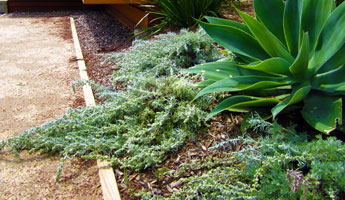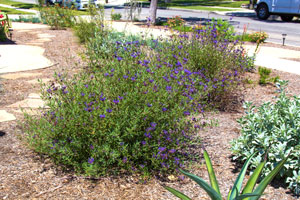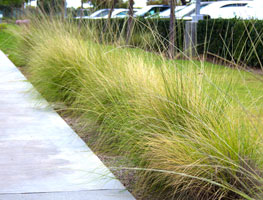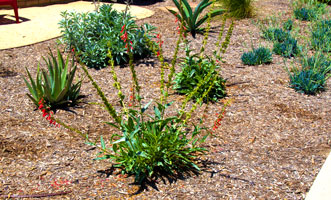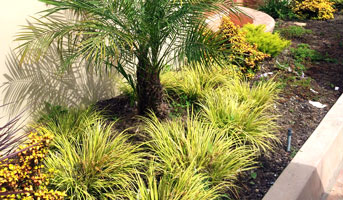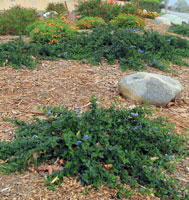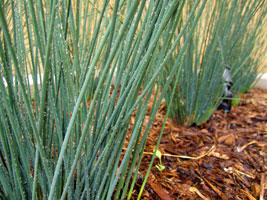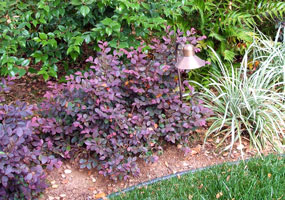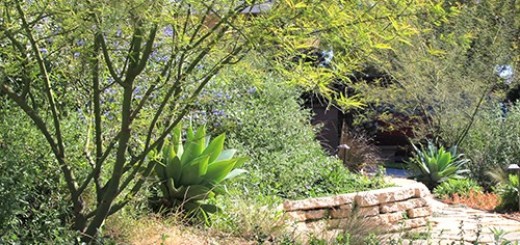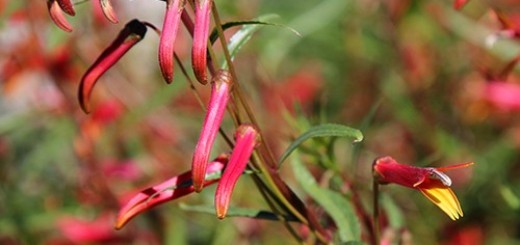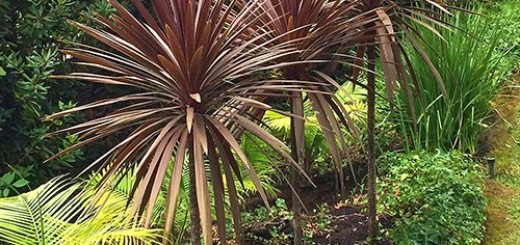Creating a planting plan is not always the easiest undertaking, especially when getting started. How do you know what plants to select to get the visual aesthetic a garden needs to look it’s best? Well here are three different plant combinations to use for three specific looks. In each combination are 5 plants that have height, color, and texture variation – The three elements to consider when putting together your plant palette. These plants work together in a way that creat interest, provide variety, and compliment each other gracefully. Let’s break it down!
The first set of plants would cater more towards a cottage style garden. This can also cross over into Ranch, Tudor, or even Craftsman. It really all depends on the look you are trying to achieve. Typically, you will want to model your plant selection after the architectural style of your home, but thats a whole other topic which we will definitely cover to help you define your style. So here’s our first plant combination:
Coleonemia ‘Sunset’, Festuca glauca, Rhaphiolepis umbullatum ‘Minor’, Lavandula stoechas, Iceberg Rose.
The Coleonema (Breath of Heaven) is a dense rounded small to medium shrub with a bright chartreuse foliage. It has almost feather-like leaves and gets small pink flowers. This plant really brings light to any accent point, Set this adjacent to the Festuca Glauca, or Blue Fescue. Behind that, you may put the Rhaphiolepis (Dwarf Yeddu) and the Lavandula. The Rhaphiolepis ‘Minor’ has a darker foliage and ovate leaves which is a dramatic color and texture difference. The Lavandula (Spanish Lavender) has beautiful lavender flowers atop gray-green spikes. Then, set the backdrop with the Iceberg Rose. Use as a background to these plants or use in a clustered section for dramatic plumes of white roses which last many months throughout the year.
Our next set of plants will give the same dramatic affect with height, color, and texture variation but will yield a different look. This plant palette will be more of a Southwestern/ CA native plant palette. This will also be very drought tolerant and will save money on water in the landscape.
Salvia clevelandii, Muhlenbergia capillaris, Agave attenuata, Penstemon Spectabilis, Artemesia ‘David’s Choice’.
The Artemesia (Sandhill Sage) will be set in the foreground since it’s the smallest of these plants. It is tight and dense forming low spreading blooms on silvery-gray stems. It’s light colored foliage makes it pop next to the big bold leaves of the Agave (Foxtail Agave). This lighter green contrasts beautifully with the Artemesia and the Penstemon (Beard Tongue), which will provide profuse pink flowers in the Spring and Summer. Then set you background using the Muhlenbergia (Pink Mully) and Salvia (Cleveland Sage). Between the tall flowering stems and wispy narrow blades, these two plants provide two totally different yet complimentary textures.
Lastly, we are going to concentrate on a palette for a woodland style. This style is often overlooked because it typically requires a decent amount of shade, especially in the later afternoon when the sun is the hottest.
Loropetalum ‘Razzleberry, Juncus patens, Asplenium bulbiferum, Ceanothus ‘Yankee Point’, Acorus ‘Ogon’.
One of the most intriguing plant palettes because of it’s incredible contrast, this palette is a show stopper. The variegated cream and chartreuse of Acorus (Sweet Flag) next to the dark burgundy ovate leaves of the Loropetalum (Chinese Fringe Flower) is distinctively striking. By introducing the tall narrow bladed texture of the Juncus (Gray Rush)and delicate lime green Asplenium (Mother Fern) adds another degree of ‘wow’. If there is an area where a spreading ground cover needed, the Ceanothus is the perfect choice. The Yankee Point billows and spreads to about 8 feet wide by only about 2 feet tall. Use this as your foreground in large planter spaces. Just for kicks, let’s add a 6th plant to this just because it’s one of our favorites…Gardenia ‘Mystery’. This goes tremendously with this plant palette and also gives off an amazing scent when in bloom.
So these are just a few combinations that wok nicely together. Even though there’s only 5 in each, it doesn’t mean you have to stick with just those. Have fun and branch out! Trust your eye to tell you what plants compliment each other and create the most visual interest. Happy Planting!

